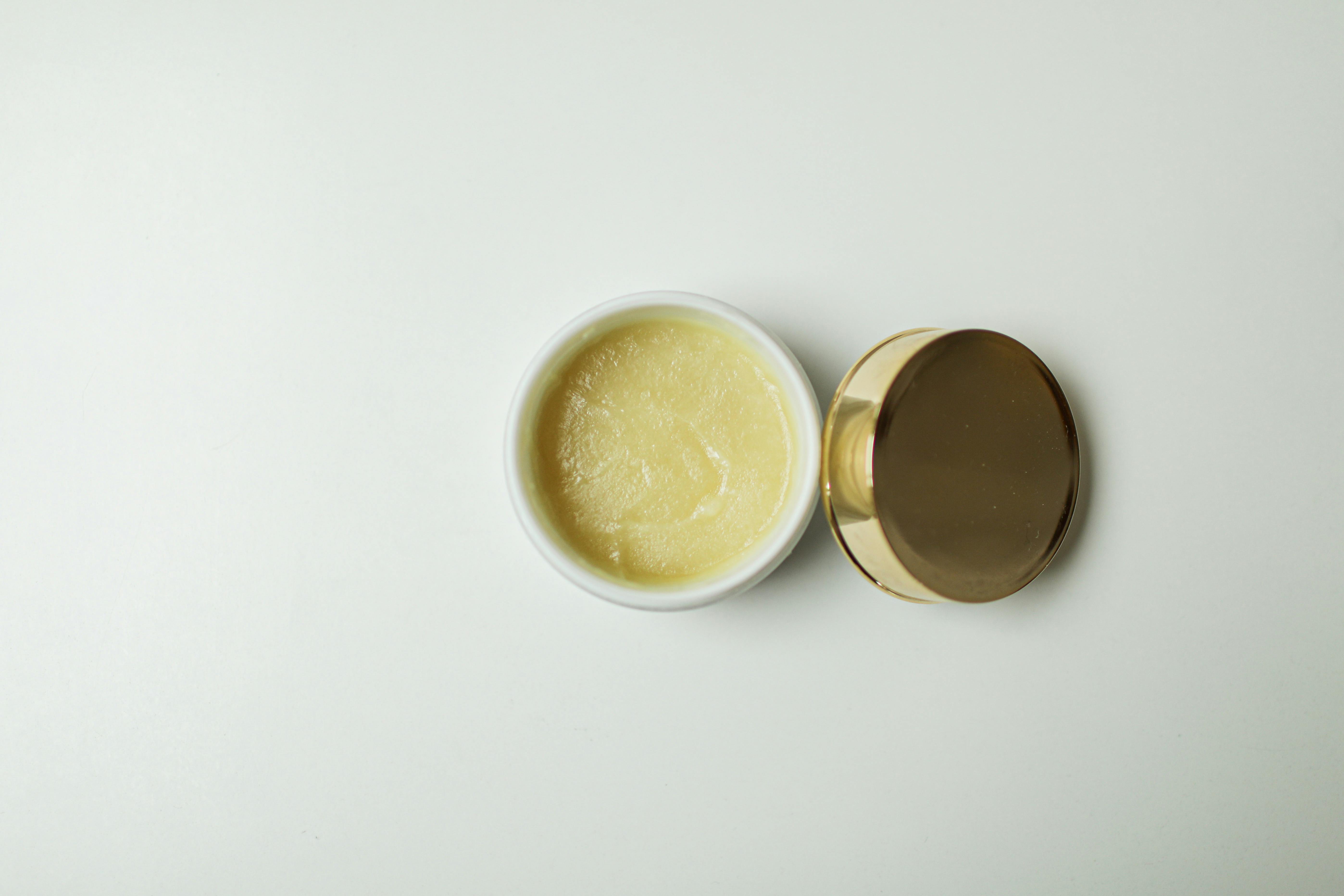Growing blueberries indoors is a great way to enjoy fresh, delicious fruit year round. With the right environment and care, you can create an indoor blueberry growing oasis and enjoy sweet, juicy blueberries all year long. With a few simple steps, you can learn how to successfully grow blueberries indoors and reap the rewards of your efforts for years to come.Yes, you can grow blueberries indoors. Blueberries are a type of berry that can easily be grown in containers and indoors if they are provided with the right environment. The soil should be slightly acidic, and blueberries need plenty of sun and adequate water to ensure successful growth. With proper care, you can enjoy delicious blueberries from your own indoor garden.
Growing Blueberries Indoors
Growing blueberries indoors can be a great way to enjoy a homegrown crop all year round. With the right conditions, it’s possible to produce sweet, juicy berries even in winter. However, growing blueberries indoors requires a bit of extra care and attention compared to outdoor cultivation. In order to ensure a successful crop, you’ll need the proper space, soil, light, and other requirements.
Space Requirements
Blueberry plants require plenty of room to grow and spread out their roots. If you plan on planting more than one bush indoors, make sure the container is large enough for them to be properly spaced apart. Additionally, an indoor pot should have at least four gallons of soil per plant in order to provide enough room for roots and drainage.
Soil Requirements
Blueberry bushes need acidic soil in order to thrive. The best soil for indoor cultivation is usually made up of two parts peat moss or coir fiber and one part perlite or vermiculite. Additionally, fertilizer should be added once every two weeks during the growing season in order to provide nutrients for healthy growth.
Light Requirements
Blueberry bushes require a minimum of six hours of indirect sunlight each day in order to produce fruit. If possible, try to position your plants near a south-facing window that receives plenty of light throughout the day. If this isn’t possible, you can supplement natural sunlight with grow lights that emit both red and blue light wavelengths specifically designed for indoor cultivation.
Temperature Requirements
In order for blueberry bushes to thrive indoors they need temperatures between 65-75°F (18-24°C) during the day with no extreme fluctuations at night time. Additionally, humidity levels should be maintained at between 50-70 percent throughout the growing season in order to prevent dehydration or disease.
Water Requirements
Blueberry bushes require a lot of water during the growing season but too much can cause root rot so it’s important to find that balance when watering them indoors. Depending on your climate and how much light your plants receive daily you may need to water them as often as twice per week or more during warm months.
With these requirements in mind you’ll be well on your way towards successfully cultivating blueberries indoors all year round!
Choosing a Variety of Blueberry for Indoor Growth
Indoor blueberry growing can be a rewarding experience, but it requires careful consideration when selecting the right variety of blueberry to ensure success. There are many varieties of blueberry available, each with their own unique characteristics and requirements. The key is to choose the right variety for your space and climate. Here are some tips for choosing the best variety of blueberry for indoor growth:
1. Size: Blueberries come in a range of sizes, from small bushes to large shrubs. Consider the size of your indoor space and select a variety that will fit comfortably without crowding other plants or taking up too much room.
2. Climate: Different varieties of blueberries require different climates to thrive indoors. Consider your local climate conditions and select a variety that is suited to those conditions. For example, some varieties require more humidity than others, while others may need cooler temperatures.
3. Sunlight: Make sure you have enough light available for your chosen variety of blueberry bush or shrub to thrive indoors. Most varieties need at least six hours of direct sunlight each day in order to produce good yields.
4. Soil Type: Different types of soil can make all the difference when it comes to growing blueberries indoors successfully. Choose a soil type that is well-drained and has an appropriate pH level (6-7) in order to ensure optimal growth.
By considering these factors carefully when selecting a variety of blueberry for indoor growth, you can ensure that you get the best results possible from your indoor garden!
Preparing the Soil for Growing Blueberries Indoors
Growing blueberries indoors can be a rewarding experience if done correctly. Preparing the soil is an important step in growing blueberries indoors. The soil must have the right pH balance, be well-draining, and be enriched with nutrients that blueberries need to thrive. Here are some tips on how to prepare the soil for growing blueberries indoors.
The first step is to measure the pH level of the soil and adjust it if necessary. Blueberries need a slightly acidic soil (pH between 4.5 and 5.5) in order to grow properly, so you may need to add sulfur or other acidic amendments to lower the pH of your soil. It’s also important to make sure that the soil drains well, so make sure there is plenty of organic matter such as compost or peat moss mixed into it.
Once you’ve adjusted the pH level and made sure it drains properly, it’s time to enrich the soil with nutrients. Blueberries need plenty of nitrogen, phosphorus, and potassium in order to thrive, so adding a fertilizer specifically formulated for acid-loving plants is a good idea. You can also add compost or aged manure for additional nutrients.
After preparing your soil for growing blueberries indoors, you should water it thoroughly before planting your blueberry bushes. Make sure that you water deeply and frequently during the first few weeks after planting in order to give your plants a good start. With proper care and maintenance, you can enjoy homegrown blueberries all year round!
Planting Blueberries Indoors
Blueberries are a delicious, nutritious fruit that can be grown in the home garden. Planting blueberries indoors is a great way to enjoy the sweet, juicy berries without having to worry about pests and diseases. Growing blueberries indoors is relatively easy and can provide you with an abundance of fresh fruit all year round. Here are some tips on how to successfully grow blueberries indoors.
The first step in planting blueberries indoors is to choose a suitable container. A large pot or container with drainage holes is ideal for growing blueberries indoors, as it will allow for proper drainage and aeration of the soil. Make sure the container is big enough to accommodate the roots of the plants, as they will need room to spread out and develop.
Once you have chosen your container, you will need to fill it with a good quality potting mix that is specifically formulated for growing berries. Be sure to add some organic matter such as compost or peat moss to help promote healthy growth of your plants. You should also add a slow-release fertilizer to ensure that your plants receive all the necessary nutrients throughout their growth cycle.
When planting your blueberry plants, make sure that they are placed far enough apart so that they can get adequate sunlight and air circulation. It’s important to keep in mind that blueberries require acidic soil in order to thrive, so be sure to use an appropriate potting mix and fertilizer for this purpose. You should also water your plants regularly but avoid overwatering as this can lead to root rot or other problems with the plants.
Finally, once your plants begin producing fruit, it’s important to harvest them at just the right time for maximum flavor and sweetness. Remember that these fruits ripen quickly so don’t wait too long before harvesting them! With proper care and attention, you can enjoy fresh blueberries from your own home garden all year round!

Caring for Indoor-Grown Blueberry Plants
Growing blueberry plants indoors can be a rewarding experience, but it requires some extra care to ensure the plants thrive. Blueberry plants require plenty of sunlight and moisture to produce a good crop of berries. To ensure the best results, it is important to provide adequate amounts of both sunlight and moisture for the plants. Additionally, blueberry plants need fertilization and pruning in order to stay healthy. With proper care, indoor blueberry plants can produce a good crop of juicy berries year after year.
When growing blueberry plants indoors, it is important to choose a location that receives at least six hours of direct sunlight per day. If the location does not get enough light, supplemental lighting should be provided in order to ensure that the plants receive enough light for growth and berry production. Additionally, the temperature in the room should be kept between 65°F and 75°F in order for the plants to remain healthy.
Blueberry plants also need plenty of water in order to remain healthy. The soil should be kept consistently moist but not wet. A soil moisture meter can be used to determine when additional watering is needed. Additionally, fertilizer should be applied every few weeks during the growing season in order to provide adequate nutrition for the plant.
Finally, pruning is an essential part of caring for indoor-grown blueberry plants. Pruning helps promote new growth and increases berry production by removing overcrowded or dead branches and allowing more light into the center of the plant. Pruning should take place each year in late winter or early spring before new growth begins.
By following these guidelines, indoor-grown blueberry plants can produce a bountiful harvest each year with minimal effort on your part! With proper care and attention, you will soon be enjoying fresh blueberries from your own indoor garden!
Watering Requirements for Indoor-Grown Blueberry Plants
Blueberry plants require a consistent supply of water to thrive indoors. It is important to ensure that the soil is kept moist, but not soggy. To achieve this, check the soil every day and water if necessary. When watering, use room temperature water and irrigate slowly until the top inch of soil is moist. Blueberries do not like overly wet conditions so avoid over-watering. If the plant is in a pot, make sure it has adequate drainage holes so excess water can escape. For best results, fertilize blueberry plants every two weeks during the growing season with a balanced fertilizer specifically designed for blueberries. Be sure to follow package instructions for proper application rates and dilution ratios. Additionally, provide adequate air circulation by placing fans around the plants or opening windows when temperatures permit.
Blueberries require a lot of light to produce fruit indoors; a minimum of five hours of direct sunlight each day is recommended. If possible, place the potted plants outdoors in an area with bright sunlight during warm months. During cold months, move them inside near a sunny window or use grow lights to ensure that they receive enough light during this time.
Fertilizing Needs of Indoor-Grown Blueberry Plants
Indoor-grown blueberry plants require the same fertilizing needs as those grown outside. The soil should be amended with a balanced fertilizer that contains nitrogen, phosphorus, and potassium. Nitrogen is essential for plant growth and development, while phosphorus helps promote root growth and flowering. Potassium helps to maintain strong stems and aids in the absorption of other nutrients in the soil. It is important to use a fertilizer specifically designed for blueberries, as some fertilizers may contain too much nitrogen which can lead to leaf burn.
In addition to applying fertilizer, it is also important to regularly check the pH balance of the soil. Blueberry plants prefer acidic soils with a pH between 4.0 and 5.5. If the pH levels are too high, sulfur can be added to lower it or lime can be used to raise it if needed. It’s important to test the soil periodically throughout the growing season as certain environmental factors such as rain or temperature changes can affect the pH balance.
When fertilizing indoor-grown blueberry plants, it is best to apply small amounts of fertilizer on a regular basis rather than one large application. This will help avoid burning the plant’s roots and ensure that they receive an even distribution of nutrients over time. Fertilizers should also be applied according to their instructions based on how much area needs to be covered by the nutrients. Too much fertilizer can cause nutrient overload which can stunt growth or even kill a plant so it’s important to follow directions carefully.
Finally, organic fertilizers such as compost or manure can also be beneficial for indoor-grown blueberry plants as they provide additional micronutrients which are not always found in traditional chemical fertilizers. Organic fertilizers are slower release so they will not burn plants like chemical fertilizers may do if overapplied so they are often recommended by experts for use on indoor-grown crops.

Conclusion
Growing blueberries indoors is an exciting and rewarding experience. With the right soil, container, and growing conditions, you can enjoy fresh blueberries year-round. You may need to experiment with different varieties to find one that grows well in your climate or in a container. When it comes to watering, be sure to keep the soil moist but not soggy. Providing enough light is important for successful indoor blueberry production, so make sure to place your plants near a sunny window or use artificial lights for supplemental lighting. Lastly, ensure that you’re fertilizing regularly and harvesting when the berries are ripe. With some patience and dedication, you can successfully grow blueberries indoors!
Growing blueberries indoors is a great way to enjoy fresh fruit all year round and can be done with minimal effort. With the right combination of soil, container, light, water and fertilizer you can create a successful indoor growing environment for your blueberries. Even if you live in a region where outdoor growing isn’t an option, you can still enjoy the sweet taste of homegrown blueberries!



